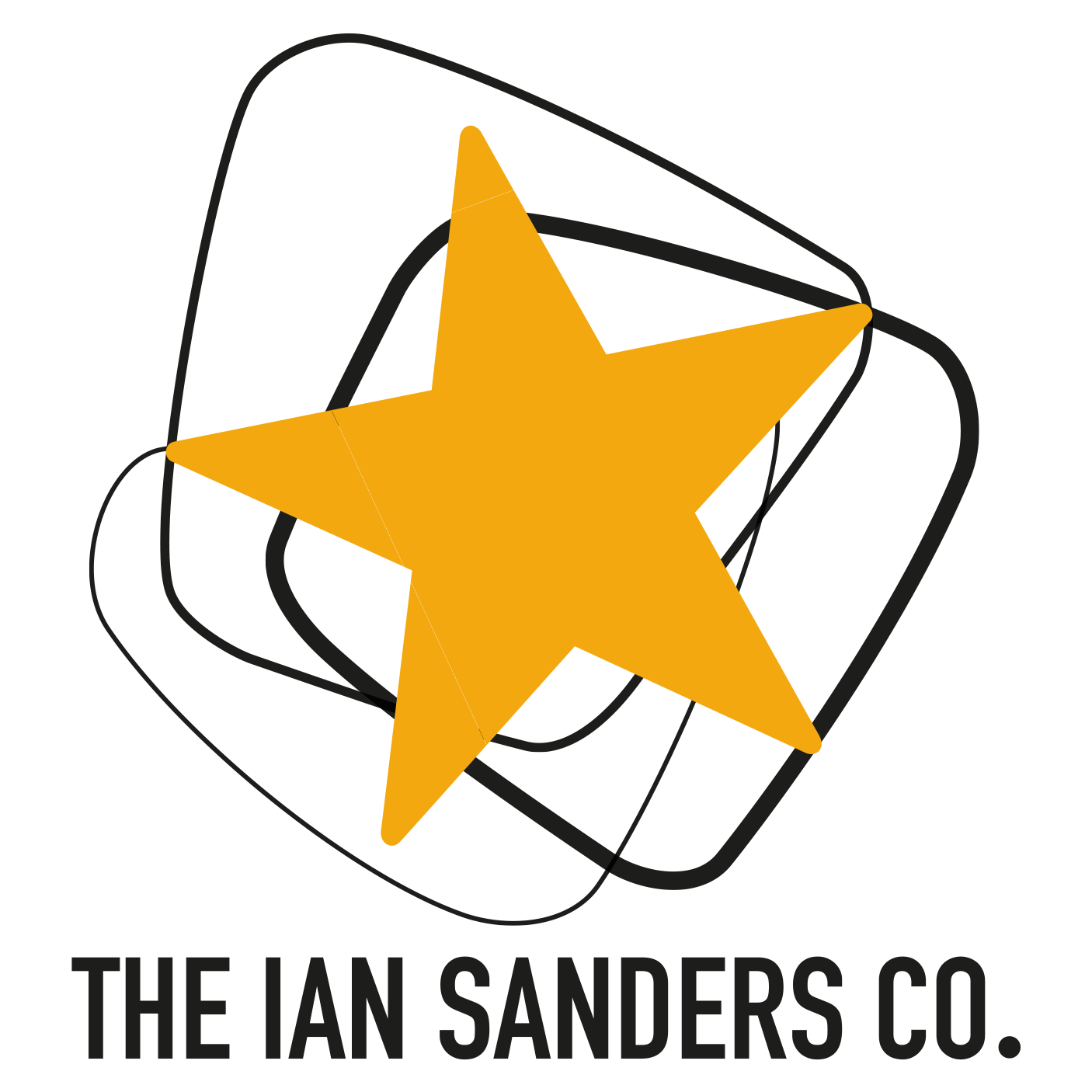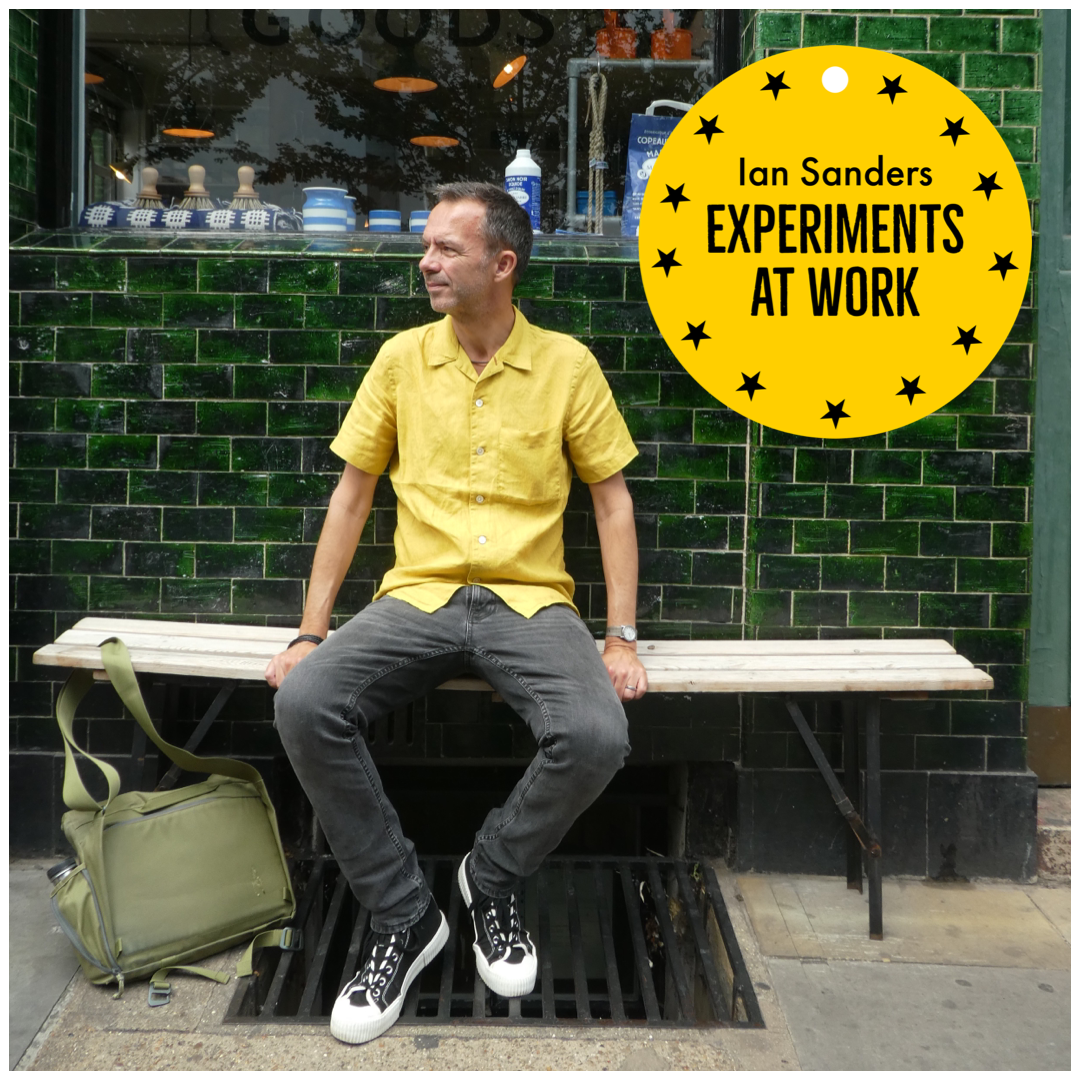Experiments at work: Getting serious about rest
Shoebury east beach
Last Monday and Tuesday, I took a mini-break in my hometown, just to have a break and do enjoyable things. I cycled six miles to Shoebury east beach and sat on a bench. I took some photos with my camera. Later I swam and went to a coffee shop where I read a book.
The book was ‘Rest: Why You Get More Done When You Work Less,’ by Alex Soojung-Kim Pang. I’d first encountered the author in February 2020 when I saw him speak on a future-of-work panel at The Royal Society of Arts. He talked about how we can blend work and rest together to make us smarter, more creative and happier.
It was a message that resonated with me. When I was pottering around Trafalgar Square Waterstones a few weeks ago I saw his book and bought it.
Picking up Pang’s book was good timing. In February I’d set myself a goal to be better at rest. Recently I’ve been keenly aware of how my relentless self-employed life can takes its toll. During a spell of poor health earlier this year, I’d looked ahead to June and wrote in my notebook ‘make time for intentional rest.’
It’s something Pang strongly advocates - he calls it ‘deliberate rest.’ You need to resist the lure of busyness, he writes, and make time for rest. When we rethink rest from something that just happens (when we have leftover time between work and sleep), towards something we are deliberate about, Pang says it becomes more valuable and tangible.
So I set my email out-of-office for the two days, which I found sent an important signal to my brain - I’m not available right now.
I can’t recall taking two days off like this when it’s been unconnected to a trip away or my children being off school. Even if I pop out for a swim or bike ride, my phone is usually close to hand and there’s always something pressing to get back to.
Pang’s premise certainly gave me vindication for my time away from work. He writes that “When we stop and rest properly we’re not paying a tax on creativity, we’re investing in it.”
Arianna Huffington observes in the book’s introduction that rest might be the ultimate life hack to make us more efficient and creative. After all, it’s a ‘shortcut’ that’s been around for as long as we have.
If I needed any more evidence to have time off, Pang gives us plenty of examples of famous writers and scientists who deliberately rested during their working hours in order to stimulate creativity. He recounts the story of James Watson and Francis Crick. They discovered the structure of DNA, not by confining themselves to the lab, but by discussing matters over long lunches in the pub, taking afternoon walks around Cambridge and browsing bookstores.
Starting a routine
“In order to keep the rest from being invaded by work you need to use your routine like a fortification to protect your time.”
How then to carve out time and space for rest? Perhaps it’s about choosing to start earlier in the day in order to earn time later to rest; or maybe it’s about diarising time for a walk in your calendar.
I know that for me, the hours between 9am and midday are when I do my best work. I allocate that time to do deep and creative work; to problem solve and generate ideas. This can give me the freedom to have a less intensive afternoon.
According to Pang, this is an approach much favoured in history: mornings are for capitalising on when we’re freshest, and then the afternoons are for re-energising, allowing our minds time to wander and explore.
Pang stresses the importance of consistency. Creative people who embrace deliberate rest tend to work the same hours of the day every day. Thomas Mann spent his mornings shut away in his office, then after lunch the writer took walks and caught up on correspondence. Alice Munro wrote from 8am to 11am. JG Ballard described his daily routine as two hours of writing in the late morning, two in the early afternoon followed by a walk along the river to think over the next day.
These routines - the combination of routine and freedom - are critical to productivity and creativity. “You need time for rest because that’s when the unconscious mind can get to work. You can’t command inspiration to appear but you can nudge it by working steadily and regularly,” Pang writes.
Walking & exercising
“We shouldn’t be surprised that people manage to be physically active and do world-class work. We should recognise that they do world-class work because they’re physically active.”
The author and I are equally evangelical when it comes to the benefits of walking. The day starts for me with a walk with our border terrier on the beach. And then later on, I usually incorporate walking into my working day, whether by myself for thinking time or when I take people on walk n’ talks to unearth ideas. There’s nothing like it for getting the creative juices flowing.
Pang writes that for many creatives a walk is an essential part of their daily routine: it’s both exercise and a source of solitude. He cites research showing that it’s the act of walking itself, as opposed to being outside, that stimulates creativity. Exercise can increase brain power, boost intelligence and provide the resilience necessary to do creative work.
Switching off into deep play
Reflecting on those ingredients Pang identifies as critical for rest, I noted how my Monday off had been a combination of many of them: switching off, taking exercise and also ‘deep play.’
For me, taking photographs gives me not only a creative boost but it allows me to get lost in the moment, a mindful activity that helps me switch off. Photography has been an essential part of my life since my teenage years when I forever had a camera around my neck. Stopping to observe, to look at things differently and to get lost in the act of photography is what Pang may consider ‘deep play.’
Play is one of the most important things we do, he writes, especially the concept of deep play – activities that are rewarding on their own but take on additional layers of meaning and personal significance. He identifies deep play activities as having at least one of these four features: 1) they are mentally absorbing; 2) they provide a new context to use some of the same skills we use in our work; 3) they offer some of the same satisfaction as work but with different rewards; 4) they provide a connection to our past.
Rest is not idleness
Of course the ability to switch off and put work completely out of our mind is not only good for our wellbeing, it’s often how big ideas are stumbled upon. Take note of Princeton physicist Lyman Spitzer who came up with his design for a fusion reactor while skiing in Aspen Colorado, and Kevin Systrom who dreamt up Instagram while on vacation in Mexico.
early morning swim, June 2022
I’m going to challenge myself to be much more intentional about making time for rest, both in taking days off and in carving out pockets of the working day where I can switch off. I’ve personally experienced wide-ranging benefits: better health, less stress, triggering creativity and idea generation.
The book ends with these words:
“When we treat rest as work’s equal and partner, recognise it as a playground for the creative mind and springboard for new ideas, and see it as an activity that we can practice and improve, we elevate rest into something that can help calm our days, organise our lives, give us more time and help us achieve more while working less.”
My experience is that if we’re not more deliberate about making time for rest, we risk only taking time out when we’re pushed to our limits. We wait for the signal that things are not well, when our minds and bodies have had enough, when we feel stressed or ill - and by then it’s too late. We’re not using it to stimulate ourselves, we’re using rest as medicine to help us get better. Instead, by building rest into our daily routine, we are recharging our batteries before they run down completely, giving us the energy and spirit to keep going. Often with renewed attitude and fresh ideas.
It’s certainly time to ditch the idea of rest as idleness: it’s not skiving, it’s investing in the most important commodity you have: You!
Grab your bike, and I’ll meet you at the bench.
‘Experiments at work’ is an occasional blog series from Ian Sanders.




